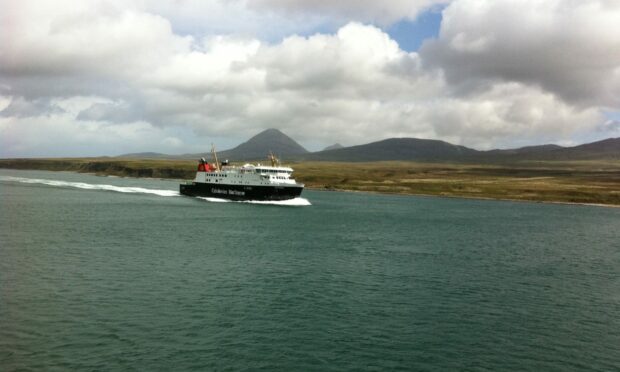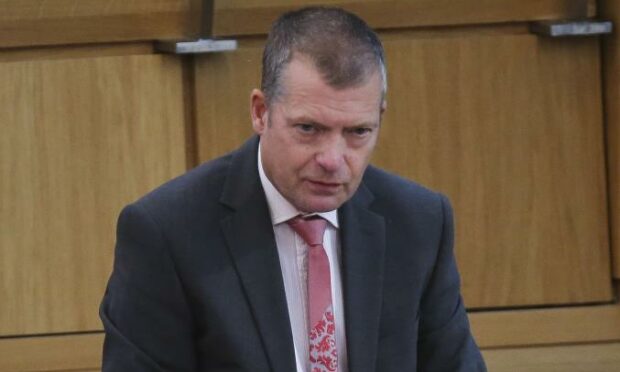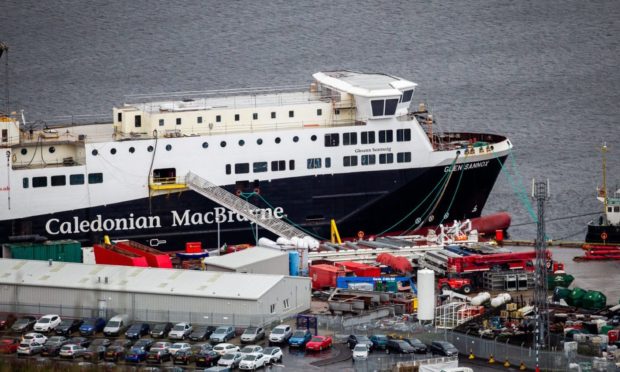SNP ministers have been urged to come clean about plans to overhaul Scotland’s “shambolic” ferry network amid reports CalMac and CMAL could be merged.
Tory transport spokesman Graham Simpson told the Holyrood government to “pull their fingers out” and say how they want west coast ferries to operate.
His remarks follow a report in the Herald on Sunday which said ferry operator CalMac and vessel owner CMAL could be scrapped and turned into one organisation.
A probe dubbed “Project Neptune” reportedly issued scathing criticisms of the existing governance structure for the lifeline services.
Project Neptune
It highlighted an “absence of long-term planning”, with a “sub-optimal” approach to the maintenance and replacement of vessels.
The analysis is also said to have supported a move to turn the ferry owners and operators into one integrated publicly-owned company responsible for the operation and the supply of vessels on the west coast of Scotland.
Consultants Ernst and Young said it had “potential for improved passenger experience in the longer term, once initial challenges of integration were overcome”.
The study said that there would be “opportunities to achieve efficiencies in their operations”, for instance over vessel maintenance.
CalMac previously owned its ferries and most of its slipways and piers.
But it was broken up in 2006 with CMAL created to take ownership of these assets.
This was to comply with European regulations on state aid or public subsidy, with CalMac’s operation going out to competitive tender.
In recent years, CalMac and CMAL have lurched from one crisis to another, with island residents and businesses paying the price.
Two ships to serve Scotland’s islands – originally scheduled to be built by 2018 – are still under construction in Port Glasgow.
Meanwhile, Western Isles residents warned in March delays to services were risking jobs, and in June islanders said Scotland’s “utterly chaotic” ferry system was forcing people to pack up and leave their home communities.
Just last week, Mull and Iona residents branded CalMac’s proposed winter ferry timetable “inadequate”.
‘Shambolic state of affairs’
On Sunday, Mr Simpson said: “The Scottish Conservatives have argued for some time that CMAL should be scrapped.
“It is obvious that the current set up is not delivering for island communities and should be changed.
“The publication of Project Neptune has already been delayed for months.
“The SNP now need to pull their fingers out and say how they want to run our ferries – or island residents will only continue to suffer from this shambolic state of affairs.”
A Transport Scotland spokesman said: “This is a complex piece of work and will require further engagement with all key stakeholders, including the staff of both Calmac and CMAL, to ensure the most efficient and best value arrangement for future ferry governance structures.
“To be clear, however, the report presented by the independent consultant sets out a range of longer term options and no decision has been taken on these, other than those the first minister already ruled out around privatisation or unbundling of the Calmac network.”


